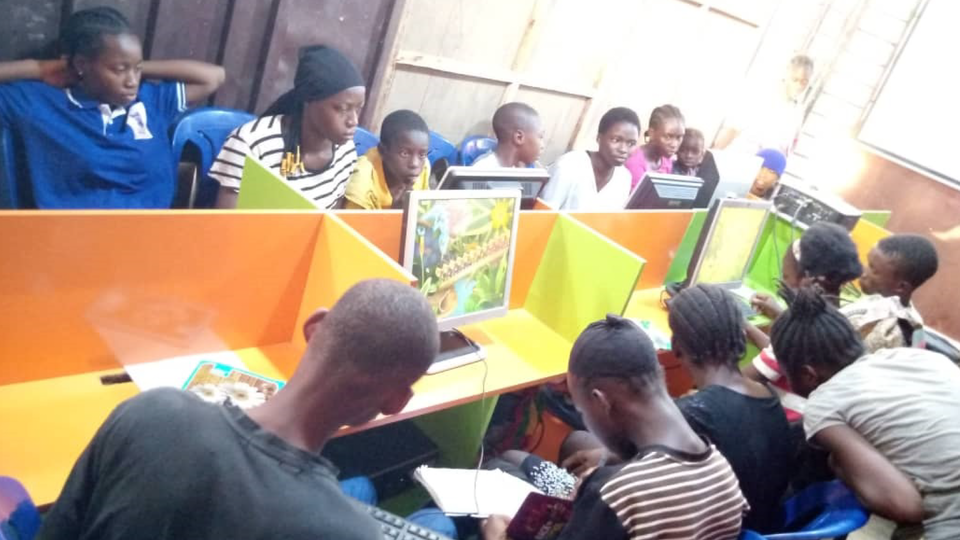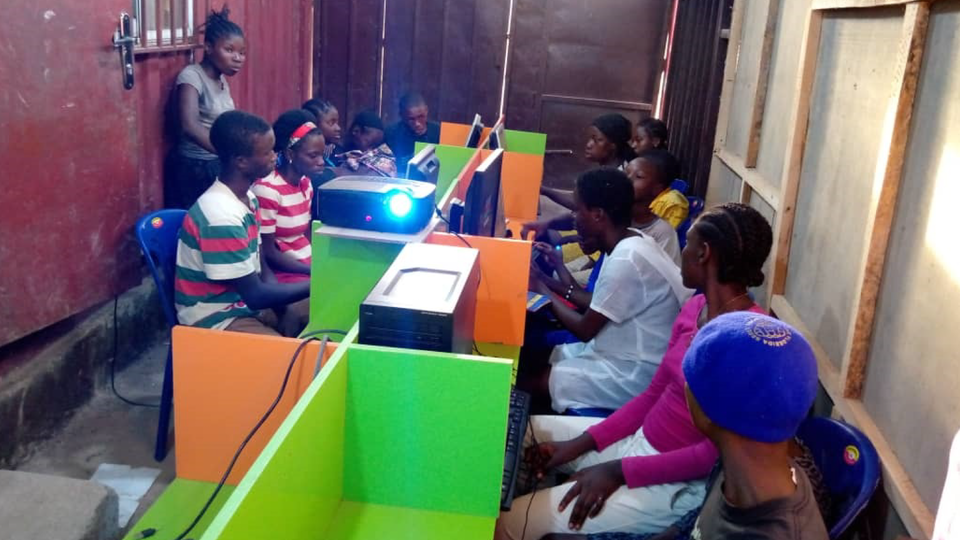WOMEN IN TECH.
We, as Julie helping hand foundation, we know that the future is gradually turning into a digitalized community, but the evolution, won’t be complete when most people, like the Rural communities, even though they have the zeal, knowledge, and partial orientations, the fundings or environment for studies may restrict them. There is a need that …



